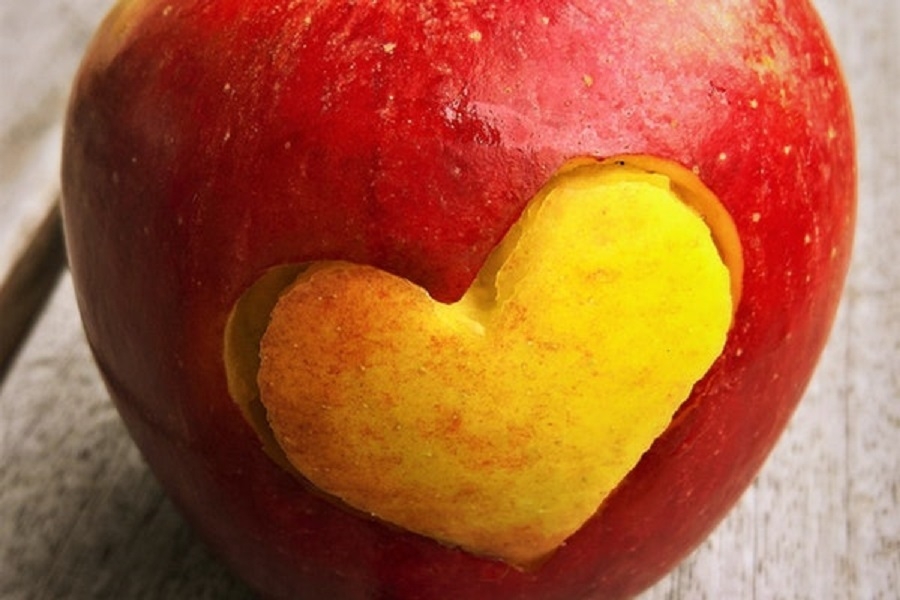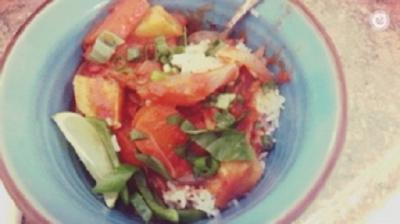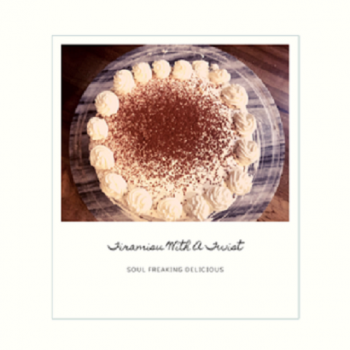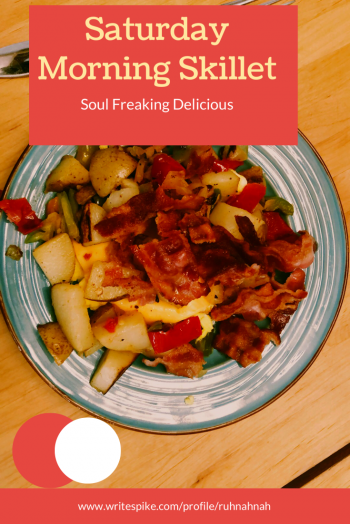Users Who Spiked

LET'S DISH: SCHOOL LUNCH
Private Notes
Private Notes
Notes
The National School Lunch Program serves over 30 million students breakfast and lunch. Those plastic trays plated with canned fruit, pizza, chili, or soggy fried chicken sandwiches with dry french fries haven't changed much. The menu leaves much to be desired from students and parents. Students want food that tastes good, and parents want nutritious options that fuel their stamina. Studies prove that children who eat regularly perform better in school. Many families rely on school meals to provide for their children during the day because it's cost-efficient. The food served at school is served hot, relatively nutritious and cheap. Packing lunch can be expensive, time-consuming, and unhealthy in many cases. Parents ultimately want the best for their children. Deciding on the best option for your family can feel like picking the lesser evil which can be weighed different for another family.
95% of students participate in their school's lunch program. This approximate figure as determined by the Food Research and Action Center shows that almost all students are being served food provided by the school, and an estimated 5% of students bring lunch from home. With most families choosing from the school menu they forego the meal planning at home which in turn can save them time and money. Cafeterias are adapting and striving to put more on the table in terms of fruits and vegetables. Students have the choices in front of them, but are they choosing wisely? When the pizza is on the menu, how many of those students are also grabbing an apple or two scoops of sliced carrots? When parents pack lunch, the sack returns home and the evidence is clear as to whether they ate the kale chips, or picked at their salad. A packed lunch offers control, and school lunch offers convenience. Which one is healthier?
Lunch at school has never been called "delicious" but it has fulfilled its purpose. Most of the options served are high in sodium, heavily processed, starchy, or preserved. The meals are meant to be affordable, and edible. The options have changed over the years but quality seems to have maintained a low standard. Most parents aren't typically excited to find themselves in a McDonald's drive-thru for dinner but an investigation in the past has shown that the meat used in school lunches doesn't even meet the standards held by most chain restaurants. "McDonald's, Burger King and Costco, for instance, are far more rigorous in checking for bacteria and dangerous pathogens. They test the ground beef they buy five to 10 times more often than the USDA tests beef made for schools during a typical production day" Peter Eisler, Blake Morrison and Anthony DeBarros, USA TODAY. Don't forget that the above mentioned fast food establishments receive regular inspections to evaluate the proper care of food handling and hygienic practice, but the same cannot be said for public school cafeterias. According to Food Safety News in the past, as many as 100,000 schools have missed at least one of two inspections per year. While this information digests, let's discuss packed lunches.
A packed lunch isn't necessarily a healthier lunch. Pinterest is covered with "affordable" "cheap" "healthy" lunch ideas but that isn't always the case. Pepperoni pizza is pepperoni pizza any way you slice it unless as a parent you are baking it homemade with fresh ingredients you care about, it's probably not healthy. Cheap meals can be made from home with little effort. The task doesn't need to take an hour, but understand if the box is packed with juice, potato chips, and a dessert— your kid is going to crash. A solid lunch is important and can be costly. Lots of parents can't afford it financially. Each family should evaluate their needs and assess their best plan of action. A packed lunch can be healthy, balanced and sustainable if packed accordingly. The chore becomes more manageable every time. School lunch is different in many countries, with many schools dismissing students before meals to enjoy at home. In Germany, for example, classes are finished before lunch. The students return home or left to their own devices for food. A lifestyle blog mentions that their daughter's krippe (daycare) provides exceptional food in their facility. A sample menu included hearty soups, fish, remoulades, and potatoes that aren't fried. In Argentina, school begins after lunch or ends before lunch, in accordance with other South American countries (Saveur). In France, lunch has four courses. "The Ministry of National Education requires that the children sit at the lunch table for at least 30 minutes, in order to eat a civilized meal" (Bob Cromwell). There is a salad, a warm menu item such as fish, lamb, or ravioli as well as cheese, and fruit. Fried items are limited, and no menu item can be repeated in one month. Many countries vary in the cafeteria, reflecting a different culture. There's a problem on plates in American schools that reflect an unsustainable culture.
Even though these studies have been done years ago, and topics surrounding obesity, diet, nutrition, and the importance of a nutritious meal are constantly brought up change is slow. Foodcorps, a non-profit has partnered with Sweetgreen(a salad franchise restaurant) to focus on the cafeteria and start doing something about the poor quality of food being served."School lunches in America are frequently criticized for being unhealthy, as they tend to be high in fat, sugar, and salt. The Center for Disease Control and Prevention estimates that one out of every five school-aged children is obese, a figure that's tripled since the 1970s," explained Nate Ru the co-founder of Sweetgreen. This project is being tested in three different schools. One school is focusing on the different ways products can be prepared, students then vote for their favorite method and that version is implemented into the school's menu. A school in New Mexico is focusing on flavor and spices, while a school in California redesigns the cafeteria to better serve their students. As for the current 2019-2020 school year, the program is said to be running in 15 schools.
Food that is high quality isn't cheap, a lot of these issues can be boiled down to lack of funds. The education system has a slew of problems in the U.S., and parents want more for their kids. Whether parents choose to pack their child's lunch or participate in the school lunch program, a belly should be full of nutrition to fuel them for the entire day. Unlike many other countries our children are in school full-time, and they don't have the chance to come home to eat. Some, even if they had the chance, come home to an empty refrigerator. Our cafeterias need to be held to higher standards than fast-food restaurants. They serve food to a population that is developing and highly susceptible to disease and food-borne illness. If the thought of lunch in the cafeteria is making you anxious, consider packing a lunch. Learning what your child prefers and having control over their diet might benefit them in the long run. Ultimately when we invest in our children we invest in our future, and that's what matters most.





































